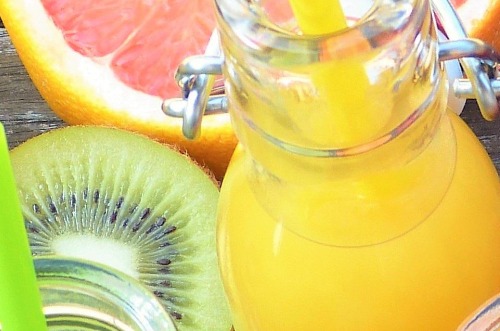Rising Demand Continues to Drive Global Juice Concentrates Market

Consumer preferences have shifted in recent years, with healthier products growing in popularity. The impact of COVID-19 has made consumers more health-conscious, fueling the growth of the global juice concentrates market. On the back of this trend, the global trade of fruit and vegetable juice concentrate is expected to reach USD 73.7 billion in 2022 and is forecast to increase by USD 20 billion over the next five years.
The European market has witnessed the biggest growth, which can be attributed to the rise in consumer demand and investments in the beverage industry. Fruit juice concentrates have driven demand, along with carbonated water, plant-based beverages, energy drinks, and ready-to-drink (RTD) beverages. The focus on sustainability has been a growing trend and has influenced manufacturers in food sourcing. Processors of juice concentrates now focus on utilizing organically grown produce and production techniques with minimal environmental impact. Manufacturers have also tailored their products to meet consumer demands by adding healthier and diet-specific options with fewer preservatives and chemicals.
In Japan, the usage of fruit juice concentrates in the beverage market also accelerated in recent months. There has been a growing demand for energy drinks, sports drinks, and RTD coffee drinks. Beauty drinks manufactured using fruit juice concentrates and consumed for their positive effect on the physical appearance and skin have also become increasingly popular among Japanese consumers.
Another trend that has emerged is the usage of fruit juice concentrates as a sweetener to substitute refined sugar in products such as juices, cakes, chocolates, desserts, and confectionery items. As a result, the usage of apple and pear concentrate powders has increased considerably in the bakery and confectionery industry. Fruit juice concentrate powders have also been utilized as colorants and applied as icing to decorate baked products. Powdered concentrates are preferred for their balanced and natural flavor and are more commonly used in North America and Europe, with demand growing in the Asia-Pacific region.
The demand for juice concentrates is forecast to increase in the next five years, owing to rising consumption in Australia, China, Japan, India, and New Zealand. The rapidly expanding fast-food industry and population of young adults in the Asia-Pacific region have fueled the consumption of convenience food, enhancing the growth of the juice concentrate market. Exporters should pay attention to the Asia-Pacific region as dietary habits, rising disposable income, and changing lifestyles are expected to keep demand high. The beverage industry is forecast to continue expanding in Europe, with manufacturers looking to introduce new and innovative beverages utilizing juice concentrate.

